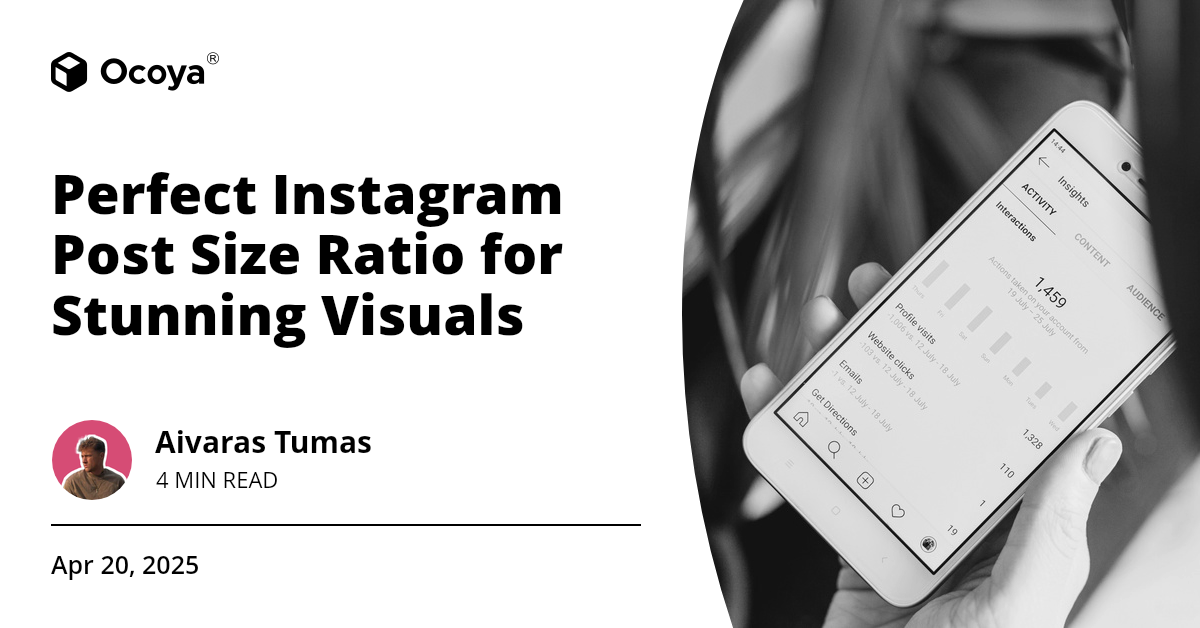Social media has become an indispensable tool for businesses to connect with their target audience and establish an online presence. However, simply having a social media presence is not enough. To truly unlock the potential of social media for your business, you need to go beyond posting content and actively listen to what your audience is saying. This is where social listening monitoring reports come into play.
Social listening refers to the process of monitoring social media channels and online platforms to gain insights into conversations and trends related to your brand, industry, or competitors. It involves analyzing what people are saying, understanding their sentiments, and identifying key influencers or potential customers.
The Importance of Social Listening Monitoring Reports
Social listening monitoring reports provide invaluable insights for businesses in several ways:
1. Brand Reputation Management: By monitoring social media conversations, you can keep track of what people are saying about your brand. This enables you to proactively address any negative feedback or complaints, and also identify opportunities to promote positive customer experiences.
2. Competitive Analysis: Social listening allows you to track and analyze your competitors' social media activities. By understanding their strategies, you can identify gaps in the market and develop more effective marketing campaigns.
3. Customer Insights: By listening to what your customers are saying on social media, you can gain valuable insights into their preferences, needs, and pain points. This information can be used to improve your products or services and tailor your marketing messages to better resonate with your target audience.
4. Crisis Management: Social listening monitoring reports enable businesses to detect and respond to potential crises early on. By monitoring social media platforms for negative mentions or emerging trends, you can take immediate action to mitigate any damage to your brand's reputation.
How to Create Effective Social Listening Monitoring Reports
Creating effective social listening monitoring reports requires a systematic approach. Here are the key steps to follow:
Step 1: Define Your Objectives
Start by clearly defining what you want to achieve with your social listening efforts. Are you focusing on brand reputation management, competitive analysis, customer insights, or all of the above? By having a clear objective in mind, you can tailor your monitoring approach and focus on the metrics that matter most.
Step 2: Choose the Right Tools
There are several social listening tools available in the market, and choosing the right one is crucial for effective monitoring. Look for tools that offer advanced analytics, sentiment analysis, and the ability to track conversations across multiple channels. Ocoya is one such comprehensive tool that streamlines social media marketing efforts with AI, offering automated content creation, post scheduling, and detailed analytics.
Step 3: Set Up Relevant Keywords and Topics
To effectively monitor social media conversations, you need to define the keywords and topics that are relevant to your business. This can include your brand name, product names, industry keywords, and hashtags. Setting up relevant keywords and topics ensures that you capture all relevant conversations and filter out irrelevant noise.
Step 4: Monitor Social Media Platforms
Once you have defined your keywords and topics, it's time to start monitoring social media platforms. Keep track of mentions, hashtags, and conversations related to your business. Analyze the sentiment of these mentions to understand whether they are positive, neutral, or negative. This will give you a holistic view of your brand's reputation.
Step 5: Analyze and Report
After monitoring social media conversations, it's crucial to analyze the data and create comprehensive reports. Look for patterns and trends in the data, identify key insights, and summarize them in a way that is easy to understand. Use visuals, such as charts and graphs, to present the data effectively. Reports should be regularly shared with relevant stakeholders to keep them informed and drive actionable decision-making.
Key Takeaways
Unlocking the business potential of social media requires more than just posting content. By actively listening to your audience through social listening monitoring reports, you can gain valuable insights for brand reputation management, competitive analysis, customer insights, and crisis management.
Follow these key steps to create effective social listening monitoring reports:
- Define your objectives - Choose the right tools, like Ocoya, to streamline your efforts - Set up relevant keywords and topics - Monitor social media platforms - Analyze and report regularly to drive actionable decision-making.By employing social listening monitoring reports, you can stay ahead of your competitors, enhance your brand's reputation, and effectively engage with your audience on social media platforms.










































































































.png)